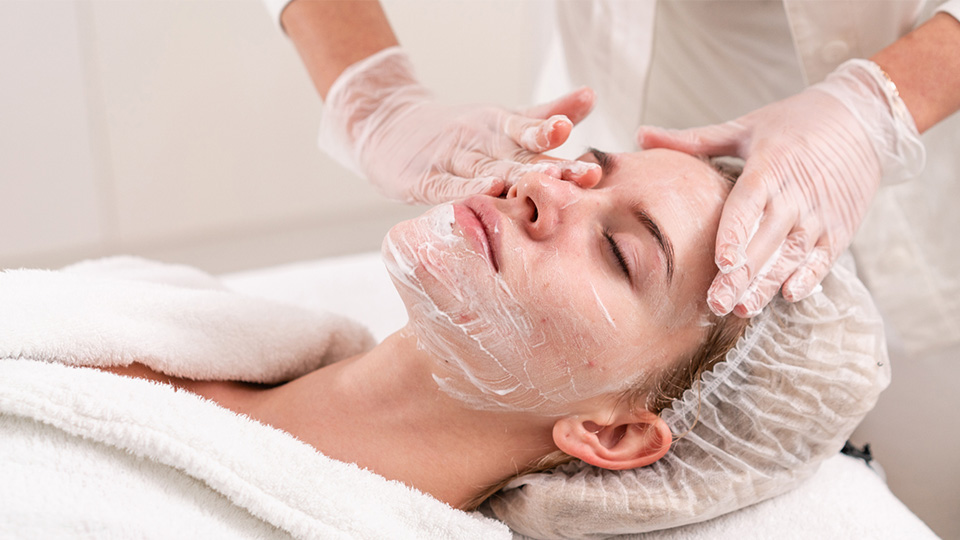Eyelid Surgery and Aging: The Long-Term Results
As we age, our skin undergoes significant changes. Among the most visible signs of aging are the changes around the eyes—sagging eyelids, puffiness, and wrinkles. Eye lid surgery in oman, or blepharoplasty, has become a popular solution for addressing these issues, offering both aesthetic and functional benefits. This article explores the long-term results of eyelid surgery in the context of aging, delving into its benefits, potential risks, and how it fits into the broader landscape of facial rejuvenation.
Understanding Eyelid Surgery
Eyelid surgery involves the removal of excess skin, fat, and muscle from the upper and/or lower eyelids. The goal is to create a more youthful and rested appearance, and in some cases, to improve vision obstructed by drooping eyelids. There are two primary types of blepharoplasty:
Upper Eyelid Surgery: This targets sagging or drooping skin on the upper eyelids, which can sometimes impair vision. The procedure typically involves removing excess skin and fat to create a more open and youthful appearance.
Lower Eyelid Surgery: This focuses on the lower eyelids, addressing issues such as puffiness and dark circles. The procedure may involve removing or repositioning fat pads and tightening the skin.
The Aging Process and Its Impact on the Eyes
Aging affects the eyes in several ways:
Skin Elasticity: As we age, the skin loses collagen and elastin, essential proteins that maintain skin elasticity. This leads to sagging and wrinkling of the eyelids.
Fat Redistribution: Fat pads around the eyes can shift, causing puffiness and under-eye bags. This can make a person look tired or older than they feel.
Muscle Weakness: The muscles around the eyes can weaken over time, contributing to drooping eyelids and reduced ability to open the eyes fully.
Long-Term Benefits of Eyelid Surgery
Youthful Appearance: One of the most significant benefits of eyelid surgery is the rejuvenation of the facial appearance. Patients often experience a more alert and youthful look, which can enhance self-esteem and confidence.
Improved Vision: For those with severe sagging of the upper eyelids that impairs vision, eyelid surgery can provide a functional benefit by removing the obstructive skin. This can lead to improved peripheral vision and overall visual clarity.
Long-Lasting Results: While the effects of eyelid surgery are not permanent—aging will continue to affect the skin and underlying structures—the results of the surgery can last for many years. Typically, patients enjoy significant improvements for 5 to 10 years, and in some cases, even longer.
Minimal Scarring: Modern surgical techniques and advanced technologies have minimized scarring. Incisions are strategically placed in natural folds or along the lash lines, making them less noticeable over time.
Enhanced Facial Harmony: Eyelid surgery can improve the balance and proportion of the eyes relative to the rest of the face. This can enhance overall facial harmony and create a more balanced and youthful look.
Potential Risks and Considerations
Natural Aging Process: Even after successful eyelid surgery, the natural aging process will continue. New signs of aging may develop, and patients may eventually require additional treatments to maintain their appearance.
Complications: As with any surgery, there are risks involved, including infection, bleeding, and adverse reactions to anesthesia. Patients should discuss these risks with their surgeon and follow all pre- and post-operative care instructions to minimize potential complications.
Post-Surgery Changes: Some patients may experience changes in skin texture or pigmentation around the eyes after surgery. While these are typically minor and temporary, they can affect the overall appearance.
Unrealistic Expectations: It is essential for patients to have realistic expectations about the results of eyelid surgery. While the surgery can significantly improve appearance and function, it cannot stop the aging process or address all aesthetic concerns.
Functional Issues: In rare cases, the surgery might lead to issues such as dry eyes or difficulty closing the eyelids fully. These complications can usually be managed with appropriate treatment.
Integrating Eyelid Surgery with Other Anti-Aging Treatments
Eyelid surgery is often part of a broader facial rejuvenation strategy. Combining eyelid surgery with other procedures, such as facelifts, brow lifts, or non-surgical treatments like Botox and fillers, can enhance overall results. A comprehensive approach allows for more balanced and natural-looking outcomes, addressing multiple signs of aging in a cohesive manner.
Post-Operative Care and Maintenance
Proper post-operative care is crucial for achieving the best long-term results. Key aspects include:
- Follow-Up Visits: Regular check-ups with the surgeon to monitor healing and address any concerns.
- Sun Protection: Protecting the skin around the eyes from sun exposure to prevent premature aging and hyperpigmentation.
- Healthy Lifestyle: Maintaining a healthy diet, staying hydrated, and avoiding smoking can support skin health and prolong the results of surgery.
- Skincare Routine: Using gentle, non-irritating skincare products can help maintain the health and appearance of the skin around the eyes.
The Psychological Impact of Eyelid Surgery
The psychological benefits of eyelid surgery can be profound. Many patients report increased self-confidence and improved quality of life after the procedure. The positive impact on self-image can lead to better overall mental well-being and enhanced social interactions.
Conclusion
Eyelid surgery offers a powerful solution for addressing the visible signs of aging around the eyes, providing both aesthetic and functional benefits. While the results can be long-lasting, it is essential for patients to understand that aging will continue to affect the skin and underlying structures. Combining eyelid surgery with other treatments and maintaining proper post-operative care can optimize results and contribute to a more youthful and refreshed appearance. By setting realistic expectations and working closely with a qualified surgeon, patients can achieve meaningful and satisfying outcomes that enhance both their appearance and overall quality of life.
.jpg)

.jpg)
Comments
Post a Comment